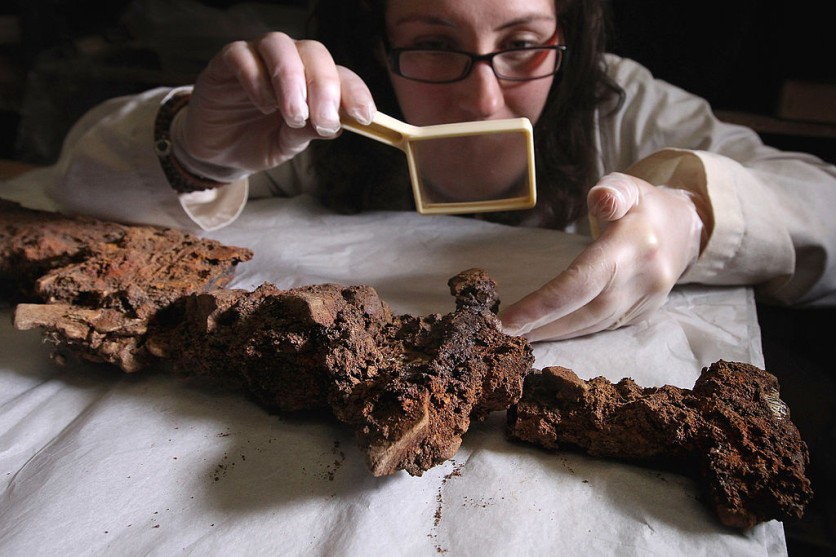A team of archaeologists has unearthed a Viking Age tomb comprising the remains of a shield and various grave goods amid preliminary work for the establishment of a house in Oslo, Norway, as reported first by Heritage Daily.
In a residential neighborhood just to the north of Oslo's city center, where the Holmenbekken stream originally ran, the burial was discovered hidden behind a thin layer of topsoil on a tiny hill near the Holmendammen lake.

A Viking Grave in Holmendammen
According to lokalhistorewiki.no, a website providing local history information, Holmendammen was erected at the start of the 20th century after the Holmenbekken was dammed and was used to make ice.
The Viking grave was being investigated by Bugge Kraemer while archaeologists were surveying the area. Plans to erect a brand-new detached house on a block of land owned by Holmendammen in Oslo's Vestre Aker neighborhood served as the impetus for the study.
The remains of a lavishly decorated Viking tomb were uncovered in this place and other ancient items were also found in addition to cremated human remains.
Additional Ancient Finds
A soapstone vessel's fragments were discovered by the archaeologists during the excavations. In addition, according to Bugge Kraemer, there was a bell, a sickle, two knives, a penannular brooch, also called a Celtic brooch, and horse equipment such as a bridle and bell.
"For now, the grave has been dated based on the artefacts it contains. This type of brooch with spheres begins to appear in approximately AD 850 and became common after the 10th century AD," Kræmer said in a statement with sciencenorway.no.
According to Zanette Tsigaridas Glørstad, an archaeologist and associate professor at the University of Oslo's Museum of Cultural History, this type of cape brooch was typically worn by men, and its finding, combined with the discovery of a shield boss, shows that the deceased was a man.
The Norse sagas state that Harald Hardrada founded Oslo sometime in about AD 1049. The most recent Viking burial may predate Christian burials that have been recently discovered and can be dated to before the year 1000, indicating settlement in some manner began far earlier, according to lokalhistorewiki.no
Glørstad adds that the discoveries are now in their conservation lab and they are still waiting to be ready before they can reveal more information about the objects.
The team did not find any remnants of unburnt bones. Hence, they cannot extract DNA from the grave.
Related Article : Archaeologists Find an Extremely Rare 1,300-year-old Gold and Gemstone Necklace From a Medieval Woman in England

ⓒ 2025 TECHTIMES.com All rights reserved. Do not reproduce without permission.




